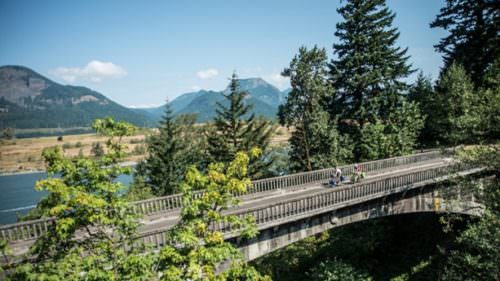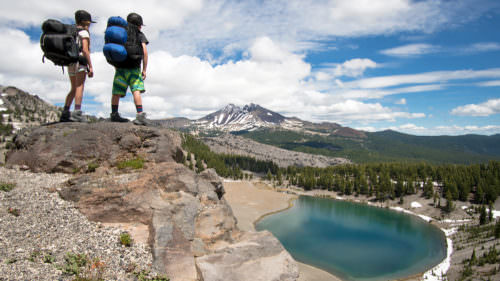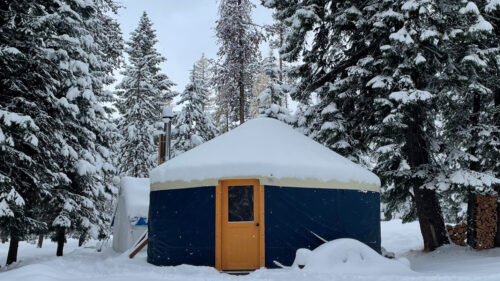On a sunny spring weekend in 2012, a friend and I headed out on a quick, one-night backpacking trip via the Eagle Creek Trail in the Columbia River Gorge. I’d enjoyed the trail’s delights on day hikes before this trip, but the extra weight of that backpack forced me to slow down and appreciate the natural marvels lining the canyon.
That afternoon we hiked through a forest of old-growth Douglas fir, tried tallying the number of waterfalls visible from the trail — losing count after a dozen or so — and were lulled to sleep in our tents by the bubbling Eagle Creek just a few steps away.
We shared that night’s campground with just a few other backpackers, but were far from alone on the trail. It’s a common riddle in the Gorge, which draws millions of visitors each year and is a regional icon for its waterfalls and myriad hiking and backpacking trails. Yet opportunities for solitude abound, even along some of the area’s most popular paths. Here are some of my favorite backpacking trips in the Gorge.
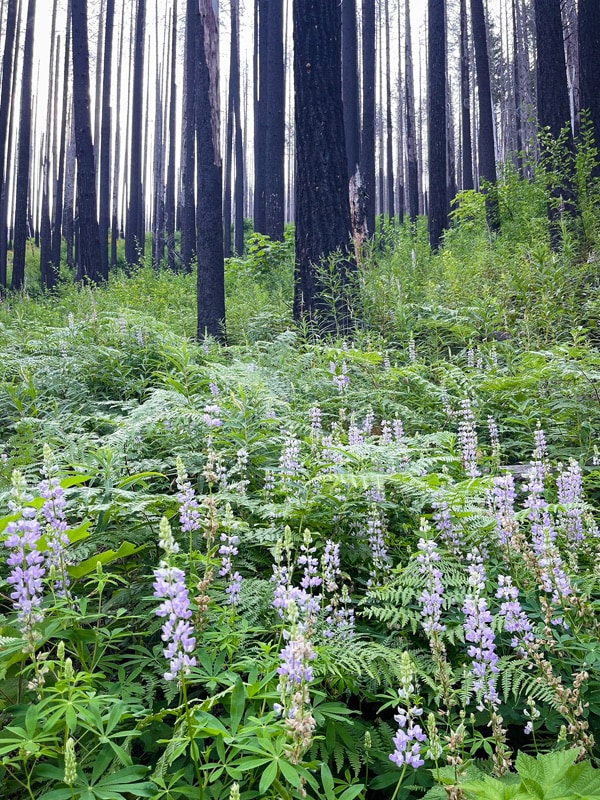
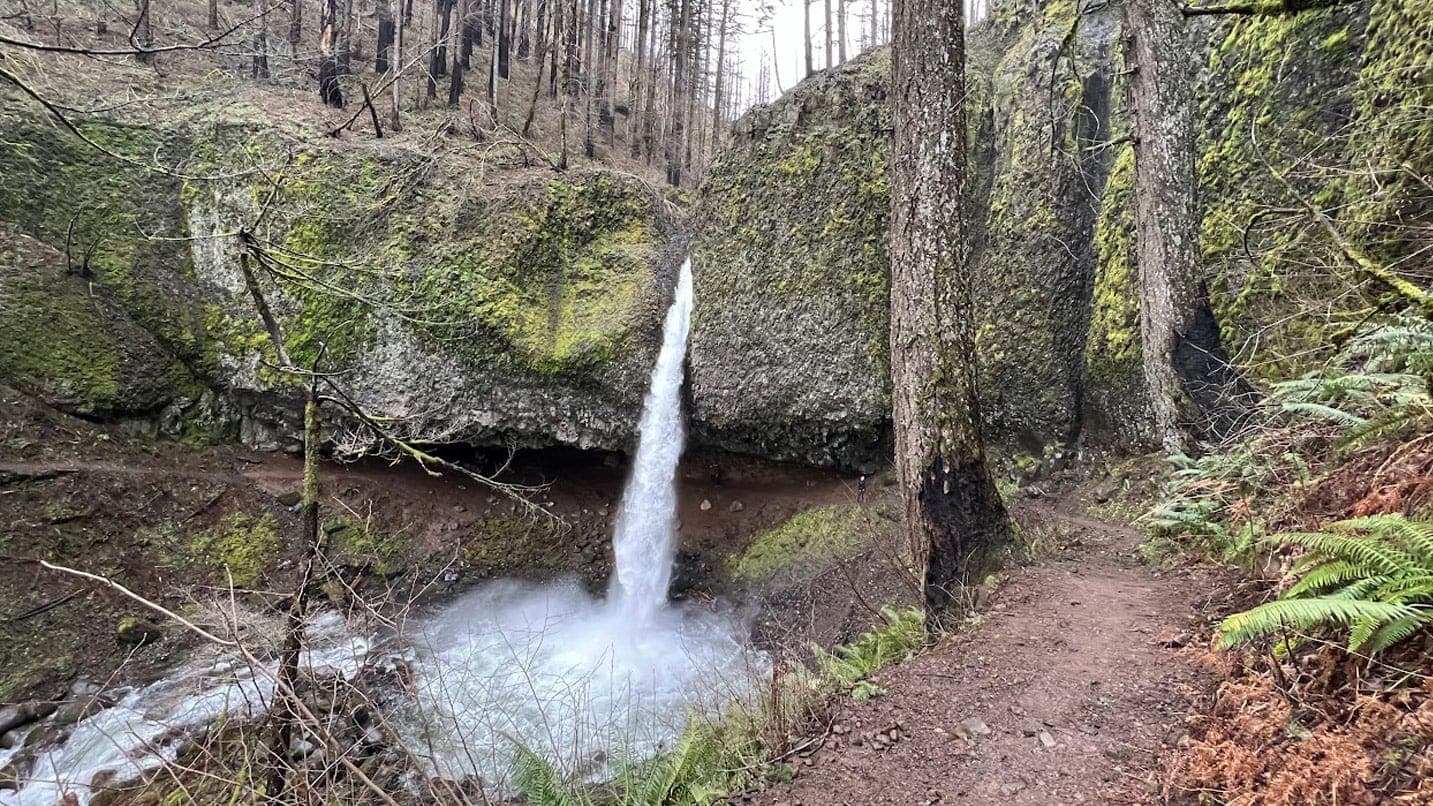
Easy-to-Moderate Backpacking Trips
If you enjoy a relaxed hike, you’ll find several hiking and backpacking trails with little or gradual elevation gain and plenty of campsites for choosing the day’s destination. Here are a few favorites.
This 20-mile (round-trip) hike, officially named the Gorge 400 Trail between Cascade Locks and Wyeth, departs from the Bridge of the Gods Trailhead in Cascade Locks. It follows the Pacific Crest Trail past Dry Creek Falls and heads onto a few other trails before arriving at Wyeth Campground. The trail gains about 2,100 feet, passing old-growth stands of Douglas fir. The first 2 miles are the busiest, but the trail quiets considerably beyond Dry Creek Falls. Wyeth Campground is open May to September, with two sites available on a first-come, first-served basis; the rest can be reserved up to six months in advance.
At the eastern edge of the Columbia River Gorge — where towering forests give way to grasslands and wide-open hillsides — sits the Deschutes River State Recreation Area and the trailhead for the 22.5-mile round-trip Deschutes River Trail (however most people make a great backpacking trip out of the first 3 miles). The beginner-friendly trail gains only about 200 feet while following an old roadbed and mostly hugging the banks of its namesake waterway. A onetime rail bridge, an old homestead and craggy rock formations are some of the many highlights along this path. Consider starting early or go in early fall; the path features little shade, and summertime highs can easily top 90 degrees. A short side trail, roughly 10 miles beyond the trailhead, leads to Fall Canyon Camp for overnighting.
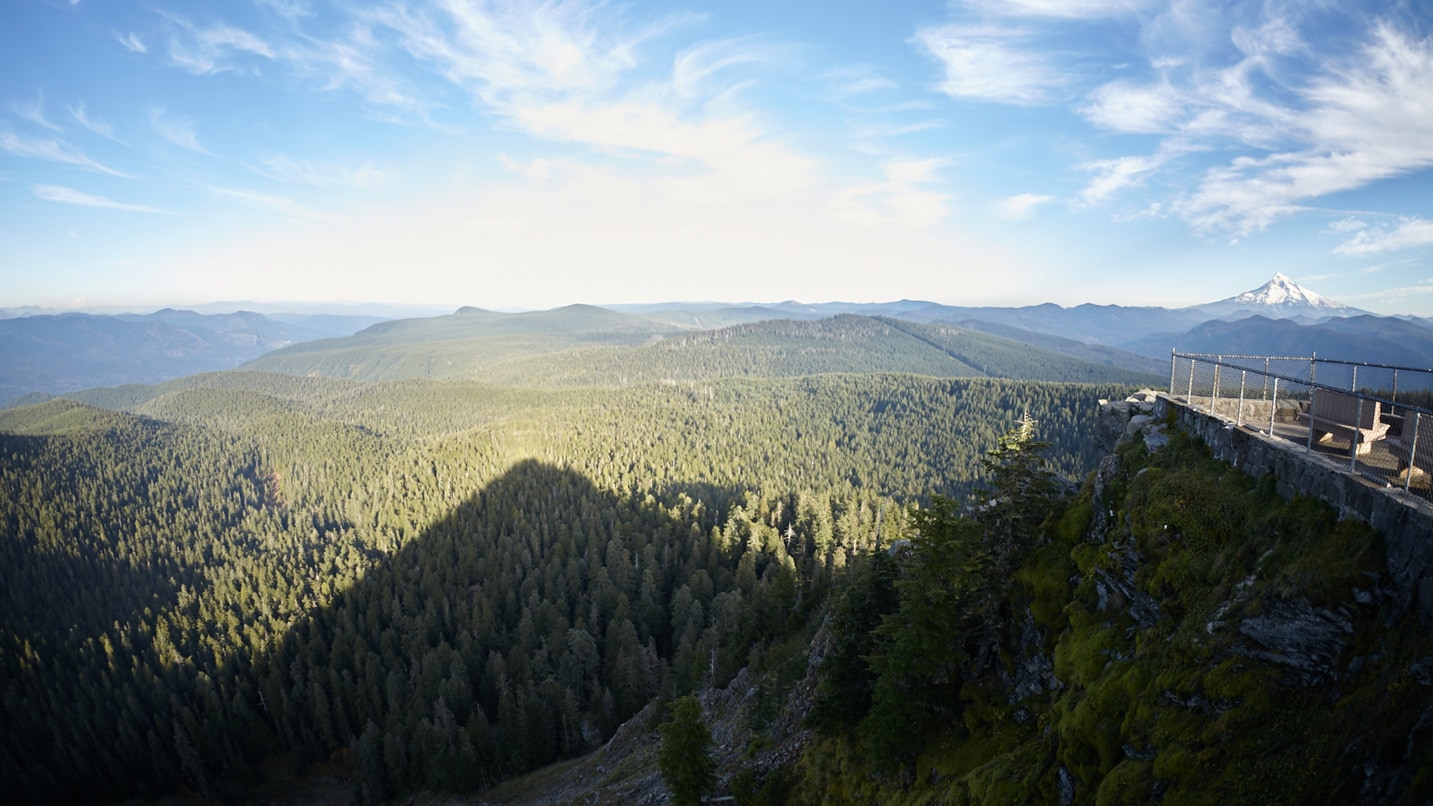
Test Your Mettle With These Backpacking Trips
Plenty of thigh-burning trails climb the ridges, hillsides and cliffs of the Columbia River Gorge. Enjoy lakeside campgrounds, sweeping viewpoints and more with these challenging ascents.
East Larch Mountain Road will be closed until 2024 while crews repave and repair the aging roadway — largely rendering Larch Mountain the domain of experienced backpackers during that stretch. Reach the summit by following the quiet yet challenging Oneonta Trail. The 17-mile round-trip outing gains about 4,400 feet while passing Triple Falls — where you’ll leave the majority of fellow hikers — and climbing through slopes covered in loose rock and forests of fir and hemlock. A shaded campsite sits near the path’s junction with the Horsetail Creek Trail, just less than halfway up the extinct volcano, making the hike ideal as a two-day, one-night adventure. And despite the trail’s name, this hike doesn’t head into Oneonta Gorge, which is one of several Gorge trails still closed after the 2017 Eagle Creek wildfire.
Following the popular Eagle Creek Trail all the way to Wahtum Lake — good for a 26-mile round-trip trek with more than 3,600 feet of elevation gain — rewards backpackers with secluded sites around the sapphire-hued basin and excellent views of Mt. Hood. Those with time to spare can break up the trip with a night at Seven and a Half Mile Camp on the way to or from Wahtum Lake. Aim for a midweek trip, if possible, to enjoy your pick of sites. Large swaths of this trail burned in the 2017 wildfire, so prepare for downed trees, rockfall and other possible hazards.
The Herman Creek Trailhead sits just off Interstate 84 in the leafy stretch between Cascade Locks and Hood River. Several trails splay out in the surrounding forests, but the trail to Mud Lake sees fewer visitors than most — largely thanks, no doubt, to the 18-mile round-trip distance and more than 4,500 feet of elevation gain. The difficult but rewarding hike follows an old logging road, passes several small waterfalls and is surrounded at times by towering forests of old-growth Douglas fir. Campsites along the Herman Creek to Mud Lake trail can be found near the Casey Creek Trail (just less than 4 miles from the trailhead) and at Mud Lake.
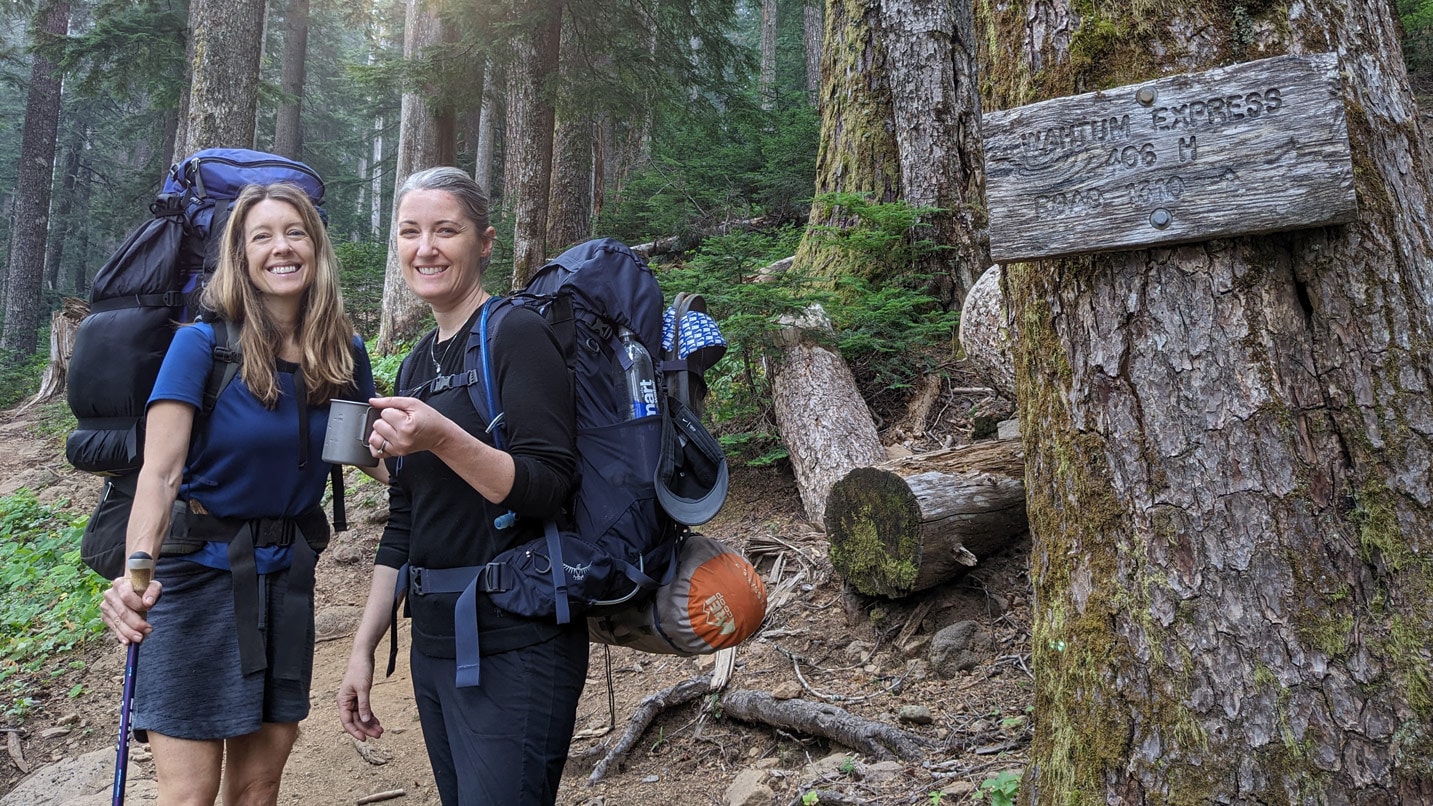
If You Go:
Ready to fill your pack and hit the trail? Grab your Ten Essentials, and keep these tips in mind before heading out.
- Several trails throughout the Columbia River Gorge require a paid permit for entry and parking — and a timed-use permit if using the I-84 parking area at Multnomah Falls between late May and early September. Learn more about recreation passes and permits, and see which your preferred trail requires.
- Enjoy quieter trails and your pick of campsites by starting before 9 a.m. and planning a weekday outing. A trip in late spring (mid-May to early June) or late summer (mid-September to early October) also usually means fewer people and cooler temperatures.
- A few trails remain closed from wildfires in 2017; other trails may close periodically due to rockfall, mudslides or downed trees. Please research closures beforehand and respect any restrictions and signage.
- Pets are welcome on trails throughout the Gorge, but please keep Fido leashed up; doing so helps your fellow hikers feel safer and has a positive impact on the environment. Be sure to carry bags to pack out dog waste.
- Keep your vehicles safe by bringing any valuables on the trail and tucking all items out of sight in your car before arriving at the trailhead.
- Don’t forget to support local businesses by refueling with the area’s great tacos or craft brews.
